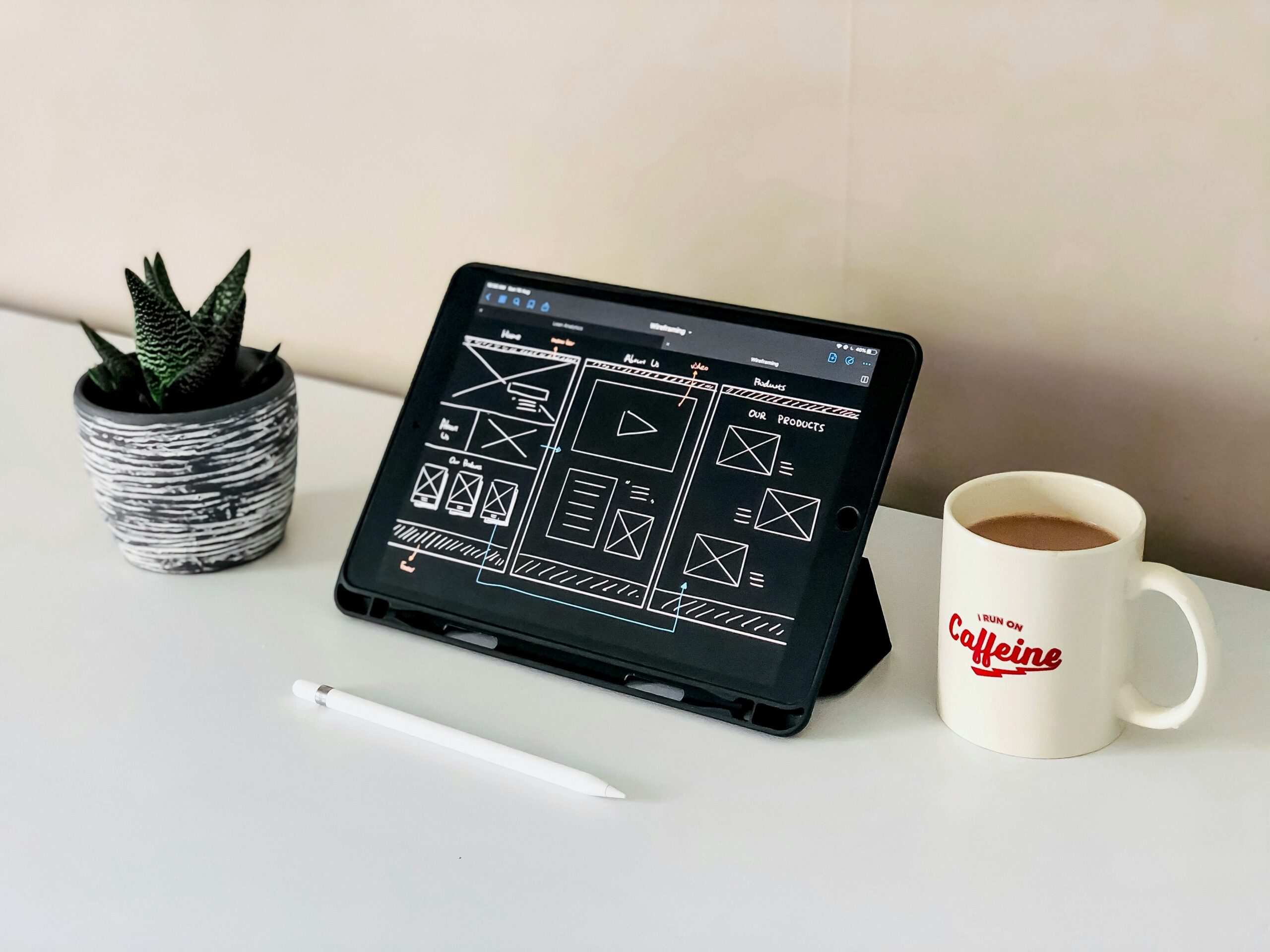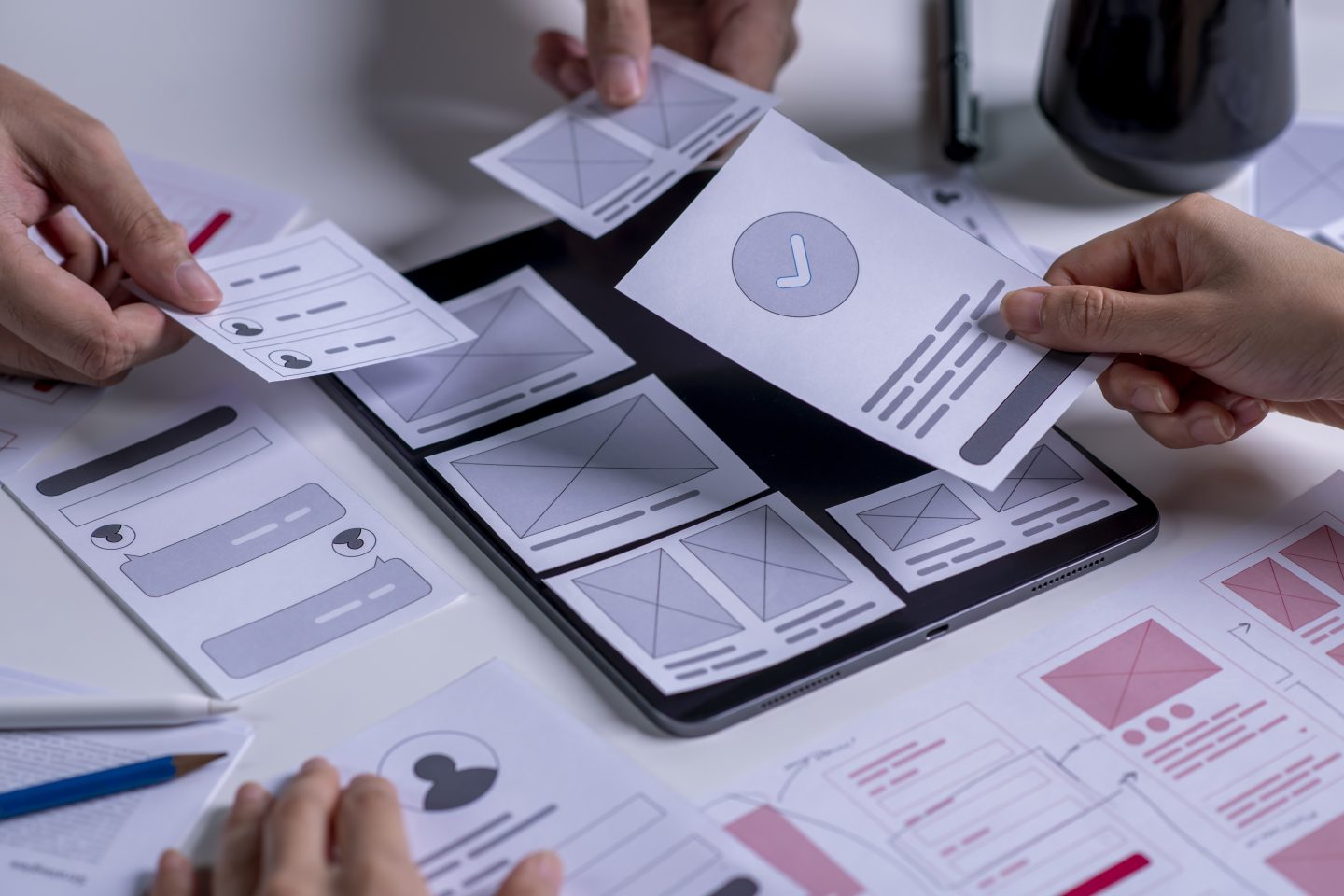Not only does website design affect the visual appeal of your site, but it also influences its functionality and usability. A poorly designed website can be difficult to navigate, causing frustration for visitors and leading them to quickly leave your site in search of a more user-friendly alternative. On the other hand, a well-designed website is intuitive and easy to navigate, providing a seamless user experience that encourages visitors to stay longer and explore more of what your business has to offer.
In addition to enhancing user experience, website design also plays a crucial role in search engine optimization (SEO). Search engines like Google prioritize websites that are well-designed and user-friendly, making it easier for them to crawl and index your content. This means that a well-designed website is more likely to rank higher in search engine results, increasing your visibility and driving more organic traffic to your site.
Furthermore, website design can also impact your brand’s credibility and trustworthiness. A poorly designed website can make your business appear unprofessional and unreliable, causing potential customers to question the legitimacy of your brand. On the other hand, a well-designed website instills confidence in your audience, making them more likely to engage with your content, make a purchase, or contact you for more information.
Another important aspect of website design is mobile responsiveness. With the increasing use of smartphones and tablets, it is essential that your website is optimized for mobile devices. A responsive design ensures that your website looks and functions seamlessly across different screen sizes, providing a consistent user experience regardless of the device being used. Failure to have a mobile-friendly website can result in a high bounce rate, as users are more likely to leave a site that is difficult to navigate or read on their mobile devices.
Overall, the importance of website design cannot be overstated. It is not just about making your website visually appealing, but also about creating a positive user experience, improving your search engine rankings, and building trust with your audience. Investing in professional website design is a worthwhile investment that can yield significant returns for your business in terms of increased traffic, conversions, and brand reputation.
1. User Experience
A well-designed website provides a positive user experience. It is easy to navigate, visually appealing, and provides the information that users are looking for. A website that is difficult to navigate or visually unappealing can frustrate users and lead them to leave your site. On the other hand, a well-designed website can keep users engaged and encourage them to explore your content, products, or services.
By focusing on user experience, you can ensure that your website meets the needs and expectations of your target audience. This can lead to increased customer satisfaction, repeat visits, and ultimately, higher conversions.
One of the key aspects of user experience is the navigation of a website. When users visit a website, they want to be able to find the information they need quickly and easily. A well-designed navigation menu can help users navigate through different sections of your website, allowing them to find what they are looking for without any hassle. It is important to organize your website’s content in a logical and intuitive manner, ensuring that users can easily find what they need.
Another important aspect of user experience is the visual appeal of a website. A visually appealing website can capture the attention of users and make them more likely to stay on your site. This can be achieved through the use of high-quality images, appealing color schemes, and a clean and modern design. It is important to choose images and colors that are relevant to your brand and target audience, as this can help create a cohesive and visually appealing website.
In addition to navigation and visual appeal, providing the information that users are looking for is crucial for a positive user experience. Users visit websites to find information, whether it is about a product, service, or topic of interest. It is important to ensure that your website provides clear and concise information that is easy to understand. This can be achieved through the use of well-written content, informative headings, and relevant images or videos.
Overall, focusing on user experience is essential for the success of your website. By providing a positive user experience, you can keep users engaged, encourage them to explore your content, and ultimately, convert them into customers. Take the time to design a website that is easy to navigate, visually appealing, and provides the information that users are looking for. This will not only benefit your users but also contribute to the overall success of your business.
2. Branding
Your website design plays a crucial role in establishing and reinforcing your brand identity. It allows you to showcase your brand’s personality, values, and unique selling points. Consistent branding across all aspects of your website, including colors, fonts, and imagery, helps to create a cohesive and memorable brand experience.
By aligning your website design with your brand identity, you can build trust and credibility with your audience. A professional and visually appealing website design can make your business appear more trustworthy and reliable, increasing the likelihood of users engaging with your brand.
In today’s competitive digital landscape, where countless businesses are vying for the attention of consumers, having a strong and distinct brand identity is essential. Your website is often the first point of contact for potential customers, making it a powerful tool for shaping their perception of your brand.
When designing your website, it is important to consider how the visual elements, such as colors, fonts, and imagery, align with your brand identity. These elements should reflect the personality and values of your brand, creating a consistent and cohesive experience for users. For example, if your brand is known for its bold and vibrant personality, your website design should incorporate bright colors and dynamic visuals to convey that energy.
Consistency is key when it comes to branding. By maintaining a consistent visual language across your website, you can reinforce your brand’s identity and make it more memorable for users. This means using the same colors, fonts, and imagery throughout your website, as well as incorporating your logo and other brand assets in a prominent and consistent manner.
A well-designed website that aligns with your brand identity can also help build trust and credibility with your audience. When users visit your website and see a professional and visually appealing design, they are more likely to view your brand as trustworthy and reliable. This can have a significant impact on their decision to engage with your brand, whether it’s making a purchase, signing up for a newsletter, or contacting you for more information.
In addition to visual elements, your website design should also consider the user experience (UX) and user interface (UI) design. A well-designed website should be easy to navigate, with intuitive menus and clear calls-to-action. This not only enhances the user experience but also reflects positively on your brand, showing that you value your users’ time and strive to provide them with a seamless and enjoyable browsing experience.
Overall, your website design is an integral part of your branding strategy. It allows you to visually communicate your brand’s personality, values, and unique selling points, while also building trust and credibility with your audience. By investing in a professional and visually appealing website design that aligns with your brand identity, you can create a memorable and engaging brand experience for your users, ultimately driving more conversions and business success.
3. Search Engine Optimization (SEO)
Website design also plays a significant role in search engine optimization (SEO). A well-designed website with clean code, fast loading times, and mobile responsiveness can improve your website’s visibility in search engine results pages (SERPs).
Search engines like Google prioritize websites that provide a positive user experience. This includes factors such as mobile-friendliness, page speed, and overall website structure. By investing in a well-designed website, you can improve your chances of ranking higher in search results and attracting more organic traffic.
One important aspect of website design that affects SEO is the use of appropriate HTML tags. HTML tags provide structure and organization to your website’s content, making it easier for search engines to understand and index your pages. For example, using heading tags (h1, h2, h3, etc.) to highlight important headings and subheadings can help search engines determine the relevance and hierarchy of your content.
In addition to HTML tags, the design of your website should also consider the use of keywords. Keywords are the terms and phrases that users enter into search engines when looking for information. By incorporating relevant keywords into your website’s content, meta tags, and URLs, you can increase the likelihood of your website appearing in search results for those specific keywords.
Another important aspect of website design for SEO is the optimization of images. High-quality, visually appealing images can enhance the user experience, but they can also slow down your website’s loading times if not properly optimized. By compressing images, using appropriate file formats, and adding alt tags, you can ensure that your website remains fast and accessible to both users and search engines.
Furthermore, a well-designed website should have a clear and intuitive navigation structure. This allows users and search engines to easily navigate through your site and find the information they are looking for. A logical and organized navigation system not only improves the user experience but also helps search engines understand the hierarchy and relevance of your website’s pages.
In conclusion, website design plays a crucial role in search engine optimization. By investing in a well-designed website that prioritizes user experience, incorporates relevant keywords, optimizes images, and has a clear navigation structure, you can improve your website’s visibility in search engine results and attract more organic traffic.
4. Conversion Rate Optimization (CRO)
A well-designed website can also improve your conversion rates. Conversion rate optimization (CRO) focuses on optimizing your website design and content to encourage visitors to take desired actions, such as making a purchase, filling out a form, or subscribing to a newsletter.
By strategically placing call-to-action buttons, optimizing your website’s layout, and creating compelling content, you can guide visitors through the conversion funnel and increase the likelihood of them taking the desired action. A poorly designed website, on the other hand, can confuse or discourage visitors from converting, resulting in missed opportunities.
One important aspect of CRO is understanding your target audience and their behavior on your website. By analyzing user data and conducting A/B tests, you can gain insights into what elements of your website are working well and which ones need improvement. For example, you may find that changing the color or placement of a call-to-action button leads to a significant increase in conversions.
Another key factor in CRO is creating a seamless user experience. This involves ensuring that your website is easy to navigate, loads quickly, and is mobile-friendly. With the increasing use of smartphones and tablets, it’s crucial to optimize your website for different devices to provide a positive user experience across all platforms.
Furthermore, CRO involves optimizing your website’s content to align with your target audience’s needs and preferences. This includes using persuasive language, addressing pain points, and highlighting the benefits of your products or services. By crafting compelling copy and utilizing visual elements such as images and videos, you can capture visitors’ attention and persuade them to take action.
In addition to improving conversion rates, CRO can also have a positive impact on your overall website performance. A website that is optimized for conversions tends to have lower bounce rates, longer average session durations, and higher engagement metrics. These factors not only improve your chances of converting visitors into customers but also contribute to your website’s search engine rankings.
In conclusion, conversion rate optimization is a crucial aspect of website design and digital marketing. By focusing on improving the user experience, optimizing your website’s layout and content, and analyzing user data, you can increase your conversion rates and maximize the effectiveness of your online presence.




